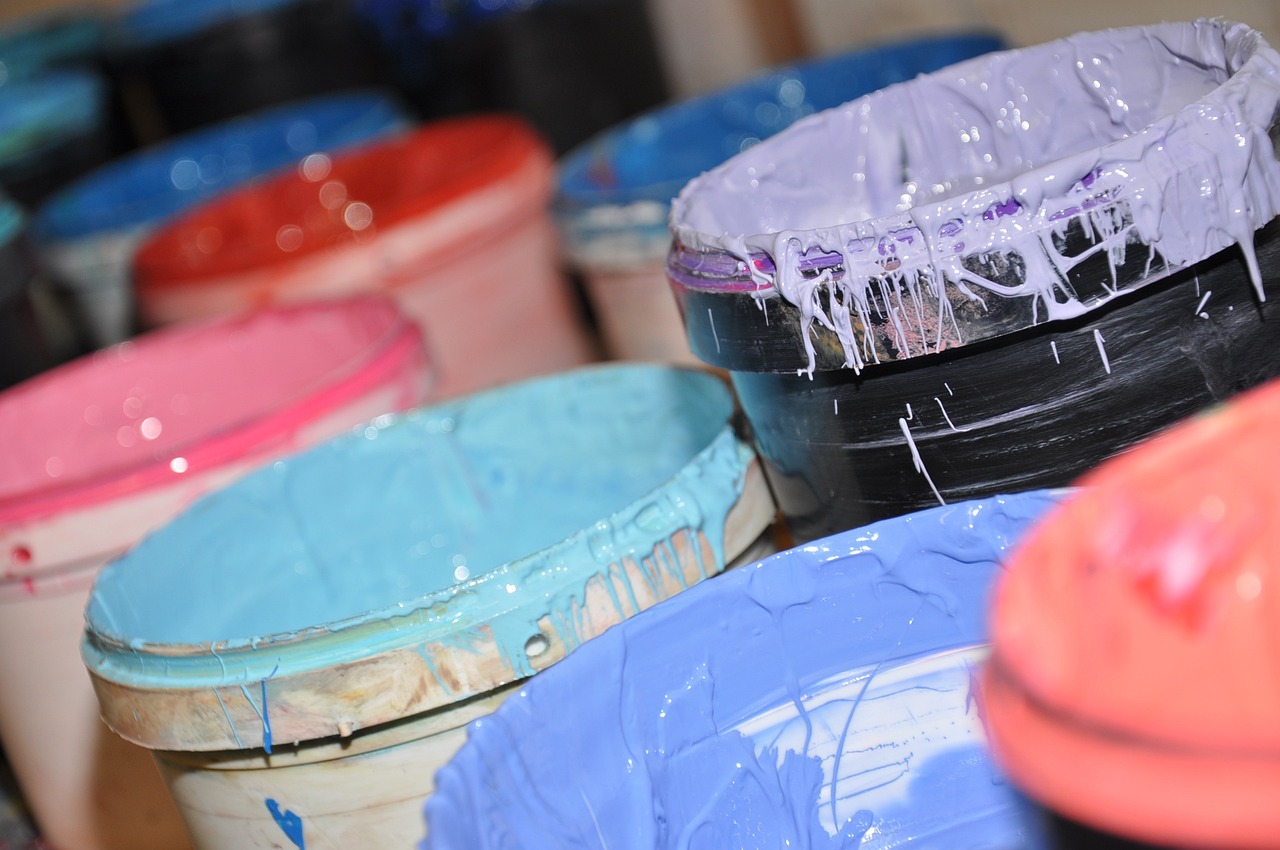包装制品英文
Title: Understanding Apparel Packaging in the Fashion Industry
In the fashion industry, apparel packaging plays a crucial role in brand identity, product presentation, and customer experience. Let's delve into the key aspects of apparel packaging and its significance.
1. Purpose of Apparel Packaging:
Apparel packaging serves multiple purposes:
Protection: It safeguards garments from damage during transit and storage.
Brand Representation: Packaging reflects the brand's identity, values, and aesthetic.
Information Conveyance: It communicates essential details like size, care instructions, and material composition.
Marketing: Packaging can attract attention, convey brand messages, and encourage purchase decisions.
2. Types of Apparel Packaging:
Apparel packaging comes in various forms tailored to different needs:
Boxes: Rigid or folding boxes provide structural support and a premium presentation.
Bags: Polybags, paper bags, or fabric bags offer flexibility and convenience.
Wraps: Tissue paper, wrapping paper, or fabric wraps add a touch of elegance and protection.
Labels and Tags: Hangtags, price tags, and labels serve as branding and informational elements.
3. Sustainable Packaging Trends:
With growing environmental concerns, sustainable packaging practices are gaining traction:
Ecofriendly Materials: Recycled paper, biodegradable plastics, and organic fabrics reduce environmental impact.
Minimalist Design: Simplified packaging designs minimize waste and material usage.
Reusable Packaging: Encouraging customers to reuse or recycle packaging materials reduces landfill waste.

Supply Chain Optimization: Streamlining packaging processes reduces carbon footprint and resource consumption.
4. Importance of Customization:
Customized packaging enhances brand recognition and customer engagement:
Brand Cohesion: Packaging design should align with the brand's visual identity and messaging.
Personalization: Tailoring packaging to specific products or customer segments enhances perceived value.
Unboxing Experience: Welldesigned packaging elevates the unboxing experience, fostering brand loyalty and positive reviews.
5. Compliance and Regulations:
Apparel packaging must adhere to regulatory standards and industry guidelines:
Labeling Requirements: Legal regulations dictate information like country of origin, fabric content, and care instructions.
Environmental Standards: Compliance with ecofriendly packaging initiatives and recycling regulations is essential.
Safety Regulations: Packaging materials must meet safety standards to prevent hazards like choking or suffocation.
6. Future Outlook:
The future of apparel packaging revolves around innovation and sustainability:
Smart Packaging: Integration of technology for interactive packaging experiences and supply chain transparency.
Circular Economy Initiatives: Embracing circular economy principles to minimize waste and maximize resource efficiency.
Collaborative Efforts: Industrywide collaborations to develop sustainable packaging solutions and best practices.
In conclusion, apparel packaging is more than just a means of protecting garments; it's a powerful tool for brand differentiation, customer engagement, and environmental responsibility. By embracing innovative and sustainable packaging practices, fashion brands can enhance their competitiveness while minimizing their ecological footprint.
Understanding Apparel Packaging in the Fashion Industry
Apparel packaging serves multiple purposes...
Apparel packaging comes in various forms tailored to different needs...
With growing environmental concerns, sustainable packaging practices are gaining traction...
Customized packaging enhances brand recognition and customer engagement...
Apparel packaging must adhere to regulatory standards and industry guidelines...
The future of apparel packaging revolves around innovation and sustainability...





